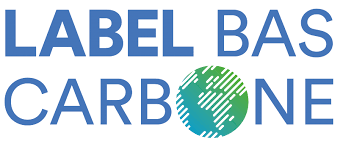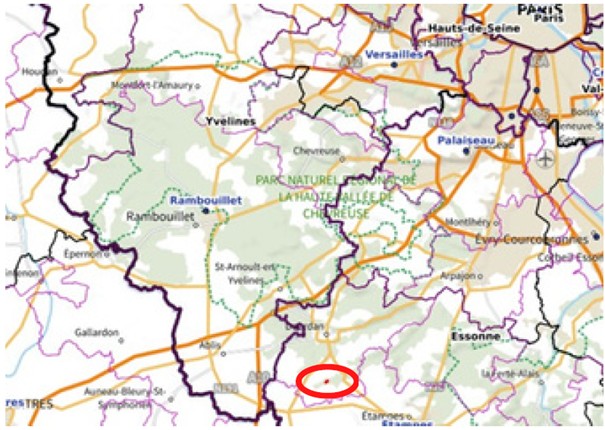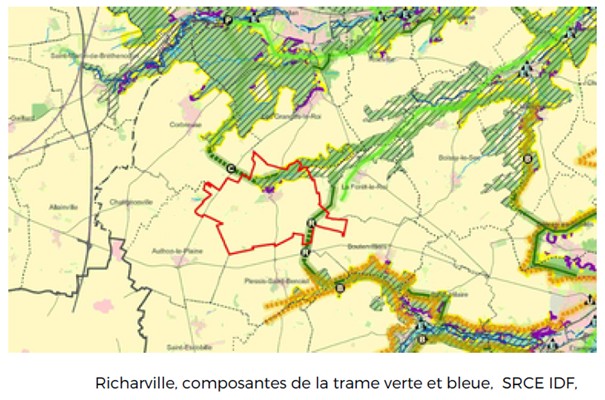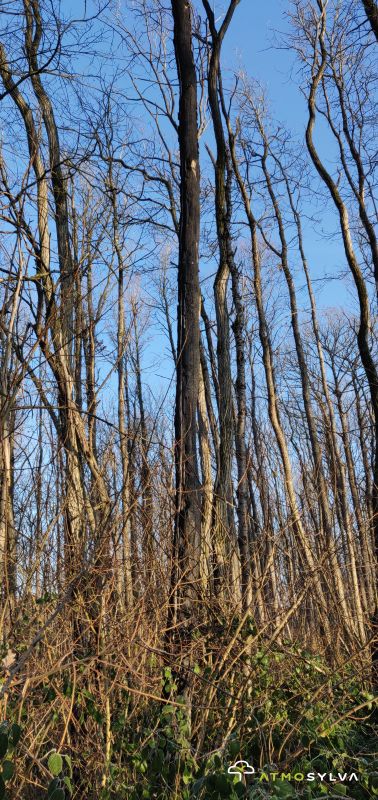Reforestation Richarville

REI Habitat (Opération Wood-up - 1 Immeuble 1 Forêt)
REI Habitat, as part of the 1 immeuble 1 Forêt initiative for its wood up operation, has contributed 599 tonnes of CO2 to the reforestation project in Richarville. These will be verified at the end of the audit carried out 5 years after planting.





